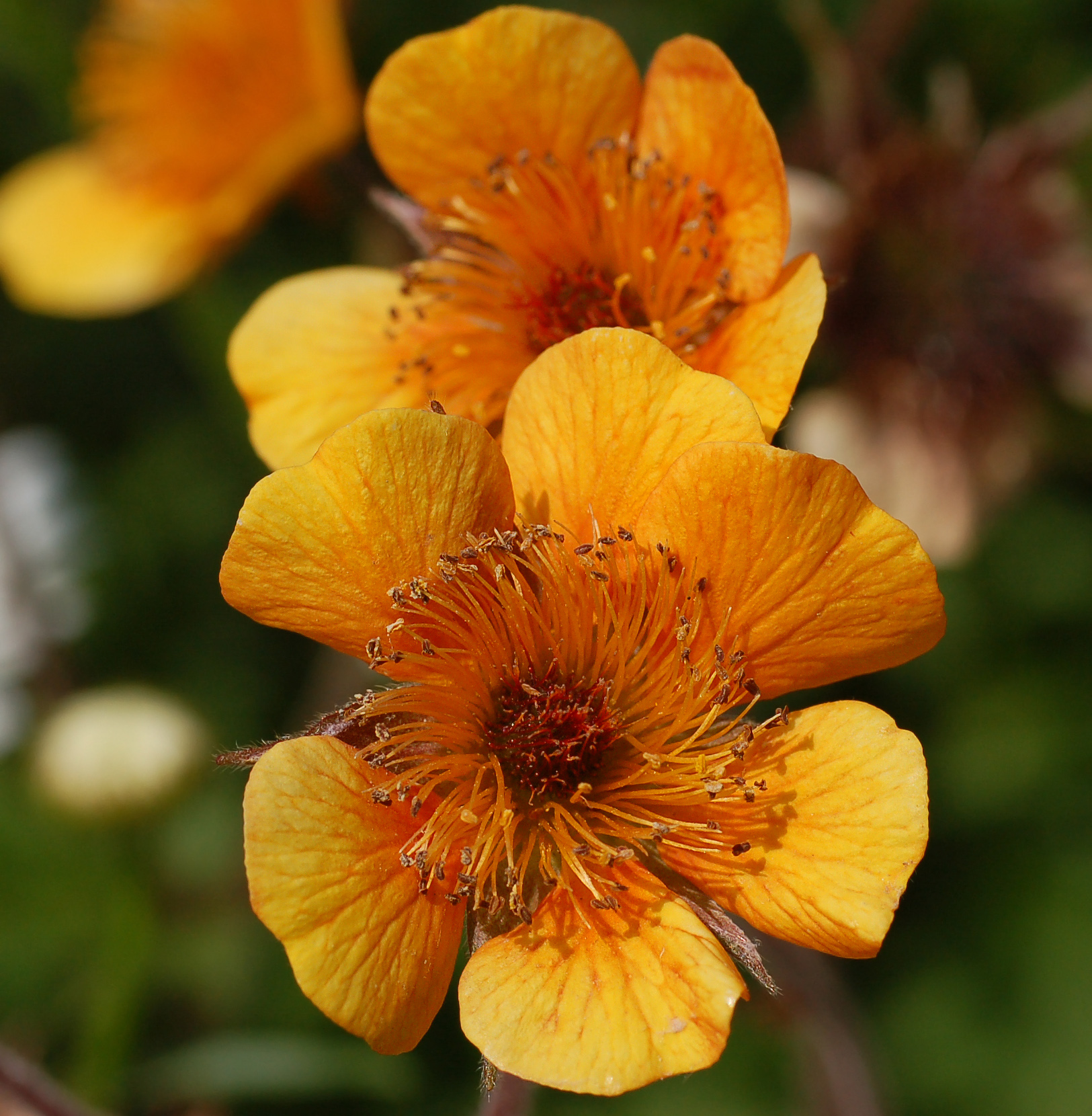|
Taphrina Potentillae
''Taphrina potentillae'' is a species of fungus in the family Taphrinaceae. A plant pathogen Plant pathology (also phytopathology) is the scientific study of diseases in plants caused by pathogens (infectious organisms) and environmental conditions (physiological factors). Organisms that cause infectious disease include fungi, oomyc ..., it infects the flowers and leaves of species of the genera '' Potentilla'' and '' Parageum''. The species was first described under the name ''Exoascus deformans'' var. ''potentillae'' by American botanist William Farlow in 1883. References External links * Fungal plant pathogens and diseases Taphrinomycetes Fungi described in 1883 Fungus species {{fungus-plant-disease-stub ... [...More Info...] [...Related Items...] OR: [Wikipedia] [Google] [Baidu] |
Emil Rostrup
Frederik Georg Emil Rostrup (28 January 1831 – 16 January 1907) was a Danish botanist, mycologist and plant pathologist. Biography Emil Rostrup was born at the village of Stokkemarke on the Danish island of Lolland. Rostrup completed his polyteknisk examen in 1857. From 1858, Rostrup was a teacher at the paedagogical college ''Skårup Seminarium'' in then new subject natural history. He educated to-be school teachers for 25 years. In the meantime he had become well known for his flora handbooks and his works on plant pathology. He was appointed docent at the Royal Veterinary and Agricultural University in 1883. From 1902, he was professor at the same college. Rostrup was first real plant pathologist in Denmark and probably the greatest ever. He was member of Royal Danish Academy of Sciences and Letters (from 1882), Royal Physiographic Society in Lund (from 1888), Royal Swedish Academy of Agriculture and Forestry (from 1890). In 1894, he was made honorary doctor at the Universi ... [...More Info...] [...Related Items...] OR: [Wikipedia] [Google] [Baidu] |
Fungus
A fungus ( : fungi or funguses) is any member of the group of eukaryotic organisms that includes microorganisms such as yeasts and molds, as well as the more familiar mushrooms. These organisms are classified as a kingdom, separately from the other eukaryotic kingdoms, which by one traditional classification include Plantae, Animalia, Protozoa, and Chromista. A characteristic that places fungi in a different kingdom from plants, bacteria, and some protists is chitin in their cell walls. Fungi, like animals, are heterotrophs; they acquire their food by absorbing dissolved molecules, typically by secreting digestive enzymes into their environment. Fungi do not photosynthesize. Growth is their means of mobility, except for spores (a few of which are flagellated), which may travel through the air or water. Fungi are the principal decomposers in ecological systems. These and other differences place fungi in a single group of related organisms, named the ''Eumycota'' (''true f ... [...More Info...] [...Related Items...] OR: [Wikipedia] [Google] [Baidu] |
Taphrinaceae
The Taphrinaceae are a family of fungi in the order Taphrinales. According to a 2008 estimate, the family contains 2 genera and 118 species In biology, a species is the basic unit of classification and a taxonomic rank of an organism, as well as a unit of biodiversity. A species is often defined as the largest group of organisms in which any two individuals of the appropriate s .... References Taphrinomycetes Ascomycota families {{Ascomycetes-stub ... [...More Info...] [...Related Items...] OR: [Wikipedia] [Google] [Baidu] |
Plant Pathogen
Plant pathology (also phytopathology) is the scientific study of diseases in plants caused by pathogens (infectious organisms) and environmental conditions (physiological factors). Organisms that cause infectious disease include fungi, oomycetes, bacteria, viruses, viroids, virus-like organisms, phytoplasmas, protozoa, nematodes and parasitic plants. Not included are ectoparasites like insects, mites, vertebrate, or other pests that affect plant health by eating plant tissues. Plant pathology also involves the study of pathogen identification, disease etiology, disease cycles, economic impact, plant disease epidemiology, plant disease resistance, how plant diseases affect humans and animals, pathosystem genetics, and management of plant diseases. Overview Control of plant diseases is crucial to the reliable production of food, and it provides significant problems in agricultural use of land, water, fuel and other inputs. Plants in both natural and cultivated populat ... [...More Info...] [...Related Items...] OR: [Wikipedia] [Google] [Baidu] |
Potentilla
''Potentilla'' is a genus containing over 300Guillén, A., et al. (2005)Reproductive biology of the Iberian species of ''Potentilla'' L. (Rosaceae).''Anales del Jardín Botánico de Madrid'' 1(62) 9–21. species of annual, biennial and perennial herbaceous flowering plants in the rose family, Rosaceae. Potentillas may also be called cinquefoils in English, but they have also been called five fingers and silverweeds. Some species are called tormentils, though this is often used specifically for common tormentil (''P. erecta''). Others are referred to as barren strawberries, which may also refer to '' P. sterilis'' in particular, or to the closely related ''Waldsteinia fragarioides''. Several other cinquefoils formerly included here are now separated in distinct genera - notably the popular garden shrub ''P. fruticosa'', now ''Dasiphora fruticosa''. Potentillas are generally found throughout the northern continents of the world (holarctic), though some occur in montane biomes of ... [...More Info...] [...Related Items...] OR: [Wikipedia] [Google] [Baidu] |
Parageum
''Geum'' , (Latinized Greek for "taste" referencing the roots of the plant) commonly called avens, is a genus of about 50 species of rhizomatous perennial herbaceous plants in the rose family and its subfamily Rosoideae, widespread across Europe, Asia, North and South America, Africa, and New Zealand. They are closely related to '' Potentilla'' and ''Fragaria''. From a basal rosette of leaves, they produce flowers on wiry stalks, in shades of white, red, yellow, and orange, in midsummer. ''Geum'' species are evergreen except where winter temperatures drop below . The cultivars 'Lady Stratheden' (with yellow flowers), and 'Mrs J. Bradshaw' (with orange flowers) have gained the Royal Horticultural Society's Award of Garden Merit. ''Geum'' species are used as food by the larvae of some Lepidoptera species including the grizzled skipper ''Pyrgus'' is a genus in the skippers butterfly family, Hesperiidae, known as the grizzled skippers. The name "checkered" or "cheque ... [...More Info...] [...Related Items...] OR: [Wikipedia] [Google] [Baidu] |


